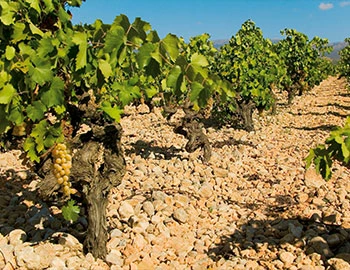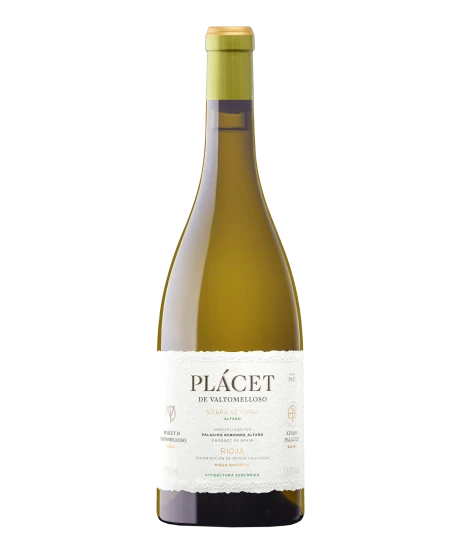Rioja Plácet Valtomelloso 2022
DOC Rioja, Bodega Palacios Remondo, 750 ml

Rioja does white wine too – and how
- The Viura grape is northern Spain's most important white wine variety – and it shows itself at its best in Plácet.
- Exotic fruit, delicate spice notes and subtle roasted aromas characterise the bouquet. Powerful, mineral and full-bodied on the palate.
- Pairs well with aperitifs, loves seafood, goes well with asparagus – and shines even with creamy dishes.
Description
The Viura grape is the most widely grown white wine variety in northern Spain – and shows off its full potential in Plácets. The range of aromas is impressive: exotic fruits, subtle cashew nuances, hints of saffron and curry spices, and subtle toasted aromas from the wood ageing characterise the bouquet. On the palate, the wine is powerful and dense, with distinctive mineral accents and a full-bodied taste that effortlessly delivers on the aromatic promise of the nose. The long finish rounds off the enjoyable experience. A versatile companion – not only for a relaxed aperitif, but also for all kinds of seafood, asparagus dishes or fine vegetable risotto.
Attributes
| Grape variety: | Viura |
| Producer: | Bodega Palacios Remondo |
| Origin: | Spain / Rioja |
| Label: | Certified organic or biodynamic wine |
| Ripening potential: | 2 to 10 years |
| Drinking temperature: | 10 to 12 °C |
| Food Pairing: | Succulent chicken breast with cream sauc, Giant crevettes, grilled langoustines, Asparagus specialities |
| Vinification: | partly destemmed, (short) pellicular fermentation, soft pressing, fermentation in wooden barrel |
| Harvest: | hand-picking, strict selection |
| Maturation: | in large wooden barrel/foudre |
| Bottling: | filtration |
| Maturation duration: | 5 months |
| Volume: | 13.5 % |
| Note: | Contains sulphites |
Bodega Palacios Remondo
He was born 'at home', right above his father's bodega – Álvaro Palacios, Spains star vintner. The scent of wine and barrels must have been lying in the air and thus dictated his further life. He studied oenology in Bordeaux and gathered professional experience at the Château Pétrus, and in London, Dublin, and California. Today, he owns vines in the Priorat county, in Bierzo, and at home in the Rioja, and proves his extraordinary talent with premium wines year after year.
He loves his family, motorcycles, nature, songs by Camarón, a challenge and taking risks. He seems believable when he confesses that his second calling would have been to be a 'torero', a bullfighter. He bristles with dynamism and power.
He went to Bordeaux to study oenology when he was 21 years old. The next stage saw him working at the Château Pétrus for two years. Then he returned home. His father José Palacios Remondo had built a bodega in close to Alfaro in 1948 following a family tradition dating back to 1651. However, Álvaro felt constricted upon his return. In 1989, he was pulled towards the abandoned Priorat, where his first resounding success would take place shortly. He was restless to hurry to the next challenge in Bierzo, where he prompted the next furore. His international reputation as a star winegrower had already been established when his father died in 2000. This marked the right moment to return home – his birthplace.
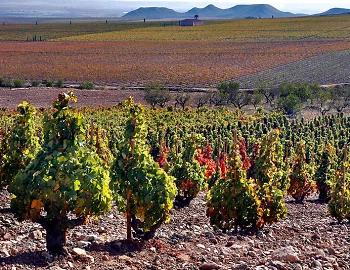
Viura
For fruity cava and white Rioja
Still or sparkling: the Macabeo can do both. In its native Catalonia, it forms, with Parellada and Xarello, the triumvirate of cava grapes. It gives the sparkling wine its fresh apple fruit; the Parellada provides elegance, and the Xarello contributes body and fullness. Pressed as a still white wine, the Macabeo smells of apple, pear, flowers and herbs. A light almond note often comes as well. This can be tasted in the classic white wines from Rioja: they are made from this variety, which there is called Viura. The Macabeo – also spelled Macabeu – migrated from northern Spain across the border into French Roussillon.
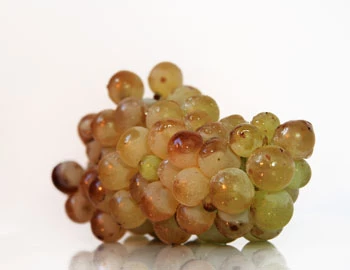
Rioja
Rioja: A legend in upheaval
It is the flagship of the Spanish wine industry: the Rioja region, with its elegant, yet storable wines, most of which are dominated by the Tempranillo, has decisively influenced the image of Spanish wine. Above all, the Reservas and Gran Reservas, aged for years in barrels, enjoy a magical reputation. For about 20 years, the Rioja houses have created a sensation with modern-designed, fruity wines, which are marked more by their terroir than their aging processes.
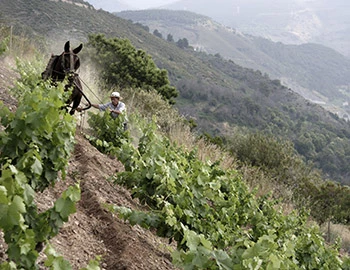
Spain
Spain – Variety and perfection
“Somewhere in la Mancha, in a place whose name I do not care to remember...,” begins Don Quixote's odyssey.
The most famous part is definitely when Don Quixote thinks windmills are his enemy and wants to fight them – until they nearly kill him. It’s possible there was a bit too much of the La Mancha wine at play. Spanish vines fight for their survival in rugged landscapes, battling fierce drought and rough soils. But they fight well.
